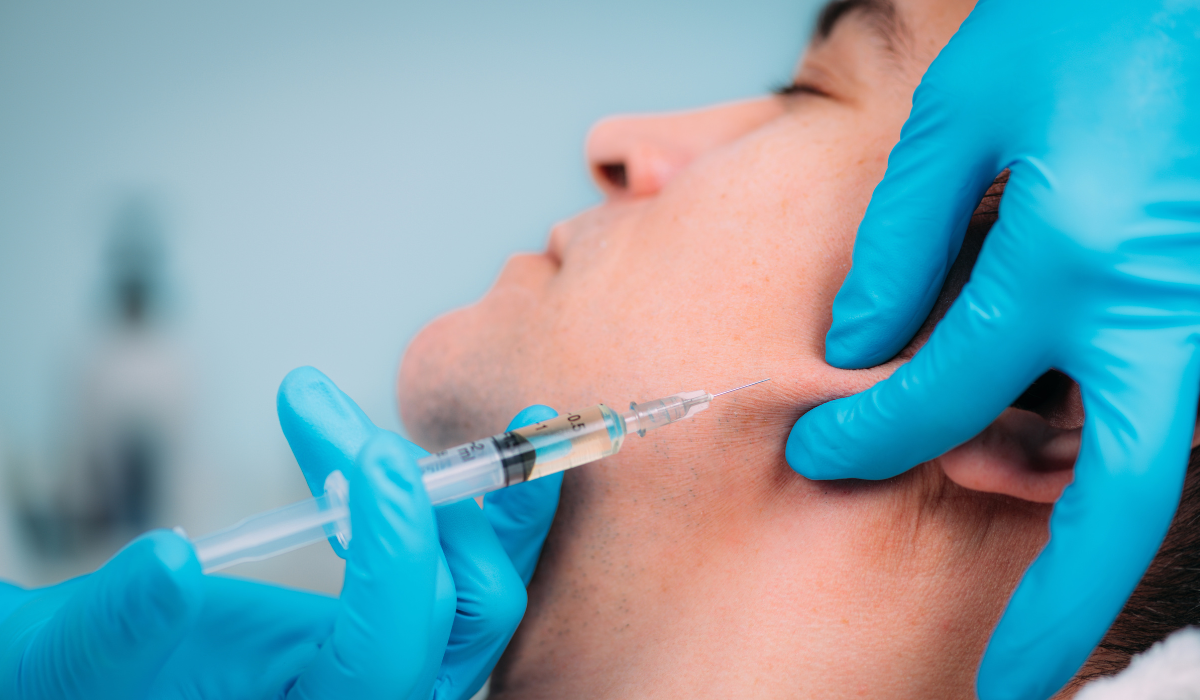How to Sleep after Dermal Fillers

If you’re planning to get dermal fillers, it’s essential to know how to take care of your skin afterward. While dermal fillers are safe and can have long-lasting effects, they can also cause swelling, redness, and bruising, which can make it difficult to sleep. In this article, we’ll discuss how to sleep after dermal fillers, so you can wake up with refreshed, glowing skin.
Why Is Sleep Important After Dermal Fillers?
Sleep is essential for healing and recovery after any medical procedure, and dermal fillers are no exception. Getting enough rest can help reduce inflammation and swelling, which can cause discomfort and affect the results of the treatment. Sleeping in the wrong position or using the wrong bedding can also cause further irritation to the skin, leading to more bruising and swelling.
Tips for Sleeping After Dermal Fillers
Here are some tips for sleeping after dermal fillers to ensure the best results:
1. Sleep on Your Back
Sleeping on your back is the best position to avoid putting pressure on your face, which can cause swelling and bruising. If you’re not used to sleeping on your back, try using pillows to prop yourself up and keep you in place.
2. Elevate Your Head
Elevating your head can also help reduce swelling and bruising. Use pillows or a wedge pillow to keep your head slightly elevated. This will also help you breathe better, especially if you’re feeling congested after the procedure.
3. Use Cold Compresses
Cold compresses can help reduce inflammation and swelling. Use a clean towel or cloth wrapped around an ice pack and apply it gently to the affected area for 15 to 20 minutes at a time. Do this several times a day to help speed up the healing process.
4. Avoid Touching Your Face
Touching your face after dermal fillers can introduce bacteria to the injection site, causing infections and other complications. Avoid rubbing or scratching your face, and don’t use any harsh or abrasive products.
5. Avoid Sleeping on Your Side or Stomach
Sleeping on your side or stomach can put pressure on your face, causing further swelling and bruising. If you find it difficult to sleep on your back, try using a travel pillow or a U-shaped pillow to keep you in place.
Tips for Managing Discomfort After Dermal Fillers
1. Use Cold Compresses: Applying cold compresses to the treatment area can help to reduce swelling and discomfort. You can use a cold pack or wrap a bag of frozen peas in a towel and apply it to the area for 10-15 minutes at a time.
2. Avoid Touching the Treated Area: It’s important to avoid touching the treated area after your dermal filler injections. This can increase the risk of infection or cause the filler to move out of place.
3. Stay Hydrated: Drinking plenty of water can help to keep your skin hydrated and reduce the risk of swelling or bruising after dermal fillers.
4. Elevate Your Head: Sleeping with your head elevated on a pillow can help to reduce swelling and promote healing. Try to avoid sleeping on your side or stomach, as this can put pressure on the treatment area.
5. Avoid Strenuous Exercise: It’s important to avoid strenuous exercise for at least 24 hours after your dermal filler injections. This can increase blood flow to the treated area and cause swelling or bruising.
6. Take Over-the-Counter Pain Relievers: If you experience discomfort after your dermal filler injections, you can take over-the-counter pain relievers like acetaminophen or ibuprofen. Be sure to follow the dosage instructions on the label.
. What Types of Bedding to Avoid After Dermal Fillers
1. Rough or Scratchy Materials: Rough or scratchy materials can irritate the treated area and increase the risk of swelling or bruising. Avoid bedding made from materials like wool, rough cotton, or burlap.
2. High Thread Count Sheets: While high thread count sheets may be luxurious, they can also be abrasive and cause friction against the treated area. Stick to bedding with a lower thread count to reduce the risk of irritation.
3. Feather Pillows or Comforters: Feather pillows and comforters can shift and move around during the night, which can cause pressure and irritation against the treated area. Opt for synthetic materials instead.
4. Silk or Satin Pillowcases: While silk and satin pillowcases may feel soft and smooth, they can also be slippery and cause the treated area to slide around during the night. Stick to cotton or other natural materials for your pillowcase.
5. Tight Fitted Sheets: Tight fitted sheets can cause pressure against the treated area and increase the risk of irritation. Opt for looser fitting sheets to allow your skin to breathe and promote healing.
Conclusion
Getting dermal fillers can be a great way to achieve a more youthful, glowing complexion, but it’s important to take care of your skin afterward. Sleep is essential for healing and recovery, so it’s important to know how to sleep after dermal fillers to ensure the best results. Follow these tips and tricks to help reduce swelling and bruising, and wake up with refreshed, glowing skin.
RECENT ARTICLES
